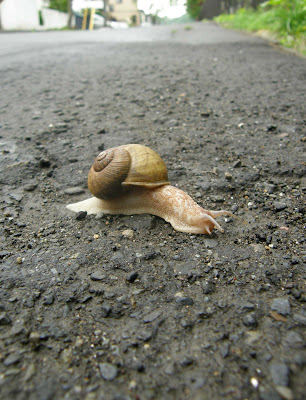 It is a little embarrassing to make my personal life public, but I decided to do so, because I gave a little thought about how we are eating.
It is a little embarrassing to make my personal life public, but I decided to do so, because I gave a little thought about how we are eating.This is our yesterday's breakfast. Ingredients are:
Pancakes: Locally-grown low-pesticide flour, locally- & organically-grown eggs, sugar grown in Okinawa, & milk and butter from locally-raised cows
Syrup: Locally-grown & endemic black currant preserve, & maple syrup from Canada
Coffee: Coffee beans from various countries including Guatemala, Kenya and Brazil. & milk from locally-raised cows.
From time to time, we switch between Locally-grown beet sugar and cane sugar from Okinawa, and use our garden-grown cherry, mulberry or blueberry preserves when we can.
We try to obtain our food from local farmers or from within the country whenever possible. We are not too fussy about organics but try to stick to "safer" food. We also try to avoid the apparently "mass-produced" food items. I believe we should be able to keep the food mileage down that way, thus cutting fossil fuel used in transporting food from far away.
But then, I cannot do away without coffee and maple syrup imported from Canada is irresistiblly delicious.












